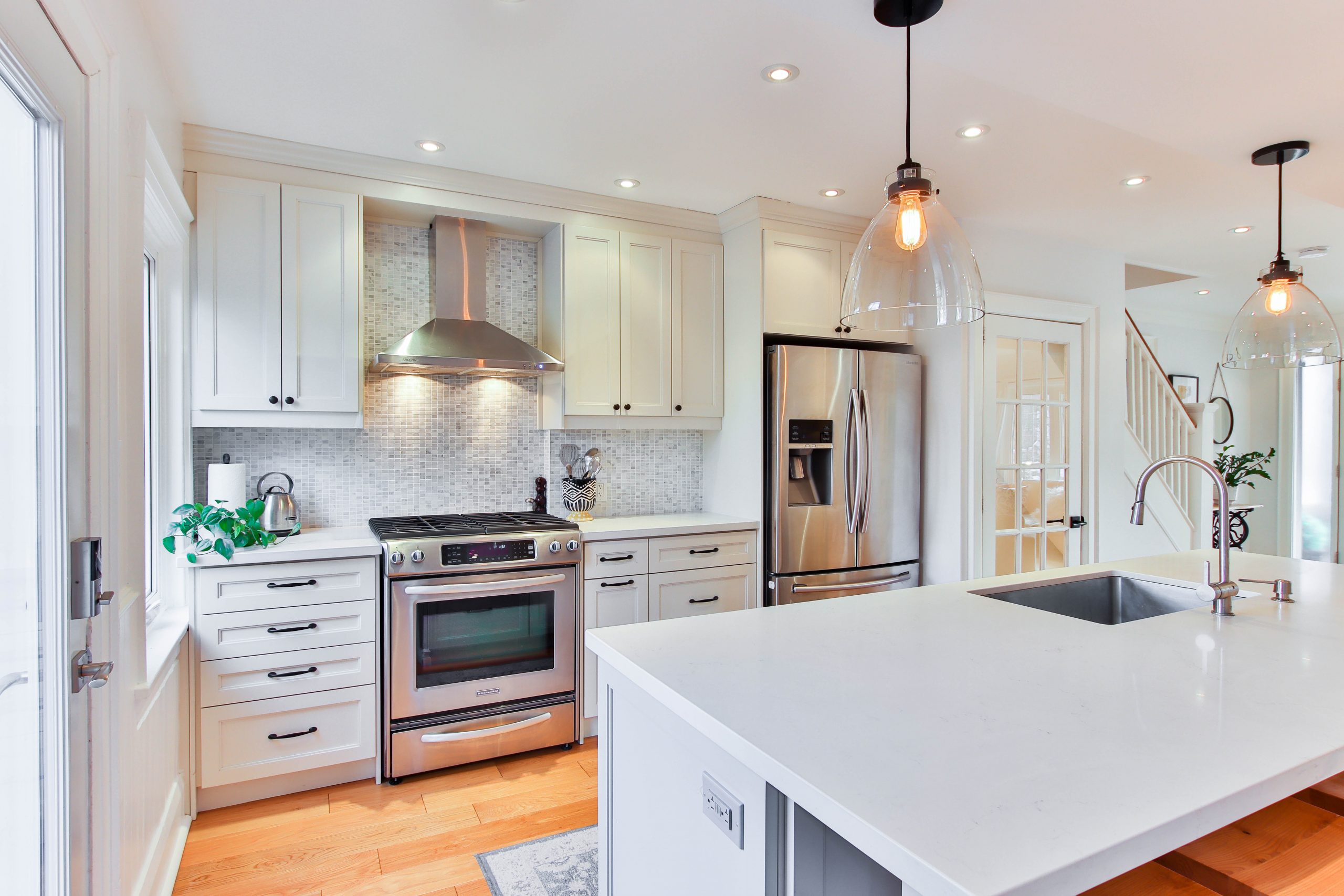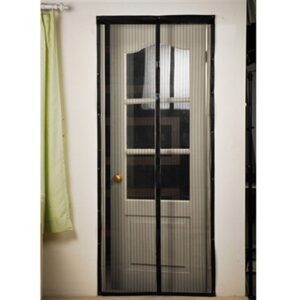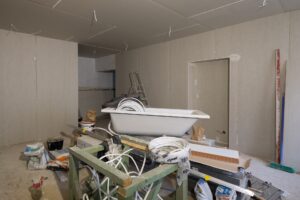People are using more appliances and electronic devices than ever before, and this is why electricity accounts for over 40 percent of household energy use in the US. Although three-quarters of American homeowners use electricity and other energy sources to power their homes, most of this energy goes to waste. Data shows that 35 percent of energy is wasted due to poor maintenance or improper use of appliances. Overusing or wasting energy not only results in a higher electricity bill but can also contribute to climate change. The good news is that by making small changes, you can make your home more energy-efficient. Here’s what you can do to conserve energy at home.
Table of Contents
Unplug vampire appliances
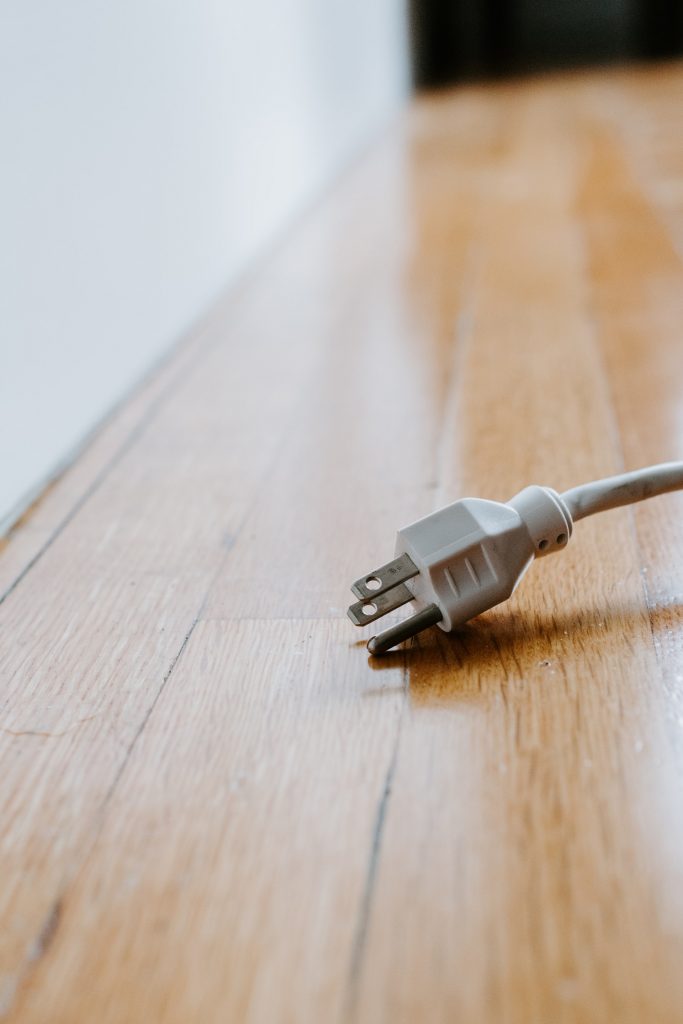
If you’re wondering why your energy bills are always sky-high despite repeated conservation efforts, you may be keeping a few vampire appliances plugged in even when they’re not in use. Vampire appliances such as computers, televisions, microwaves, printers, digital cable boxes, electric clocks, DVD players, and gaming consoles use up electricity even when they’re turned off or in standby mode. The cost of total energy wasted by these devices is estimated to be nearly $20 billion per year in the US, which is why it’s important to unplug them when they’re not in use. Doing so allows you to use energy wisely, make it a habit to unplug these devices, and encourage everyone in your family to do the same.
Hang up some curtains
Curtains aren’t just helpful in giving you and your loved ones some privacy, but they can also help conserve energy. In the winter, consider hanging up blackout curtains to trap heat and save money on your heating costs. Since 25 percent of heat escapes through the windows, using this type of curtain can significantly reduce your energy bills during the cold months. On sunny days during the winter season, remember to open your curtains to let some natural light and heat into your home. Meanwhile, consider making the switch from heavy drapes to sheer curtains for the hot summer months to let natural light in and encourage proper air circulation.
Fill up the fridge
Keeping the refrigerator full can increase make it more energy-efficient, but try to keep it organized and avoid overcrowding since it can affect air circulation inside the appliance. Set the refrigerator to the recommended temperature, and keep the temperature in the fridge no higher than 40 degrees Fahrenheit. Also, make sure that the refrigerator isn’t placed near the window or heat-generating appliances such as ovens, gas stoves, or microwaves. External heat can cause the refrigerator to use more energy to keep food and drinks cool, so if your fridge is near a heat source, you may want to move it somewhere else in your kitchen. You may also want to keep the kids from frequently opening and closing the fridge during the day since repeatedly doing so can waste about 100kWh of electricity a year. Instead, you can keep a pitcher or a jug of iced water on the table on hot days, so they don’t have to keep opening the fridge for cold drinks.
Install a skylight
If you always need to turn on the lights no matter what time of day, it may be time to add some natural illumination to your home. You can do this by installing floor-to-ceiling windows, but even better, why not have a skylight in your living room? A properly installed Velux skylight allows you to save money on electricity bills since you won’t need to use as much artificial lighting throughout the day. To make it more energy-efficient, install blinds on the skylight. It can control the amount of light and heat you get on hot summer days, and it can add insulation to your home during the winter season. If you’re living in an area with warm climates, consider having the skylight on a north-facing roof slope to get the same amount of natural light all year round. Meanwhile, those who live in cold climates should install a skylight in a south-facing roof slope. Finally, have a professional install the skylight to avoid problems, such as air or water leakage that can damage your home and put a massive dent in your housekeeping budget.
Relocate your smart thermostat
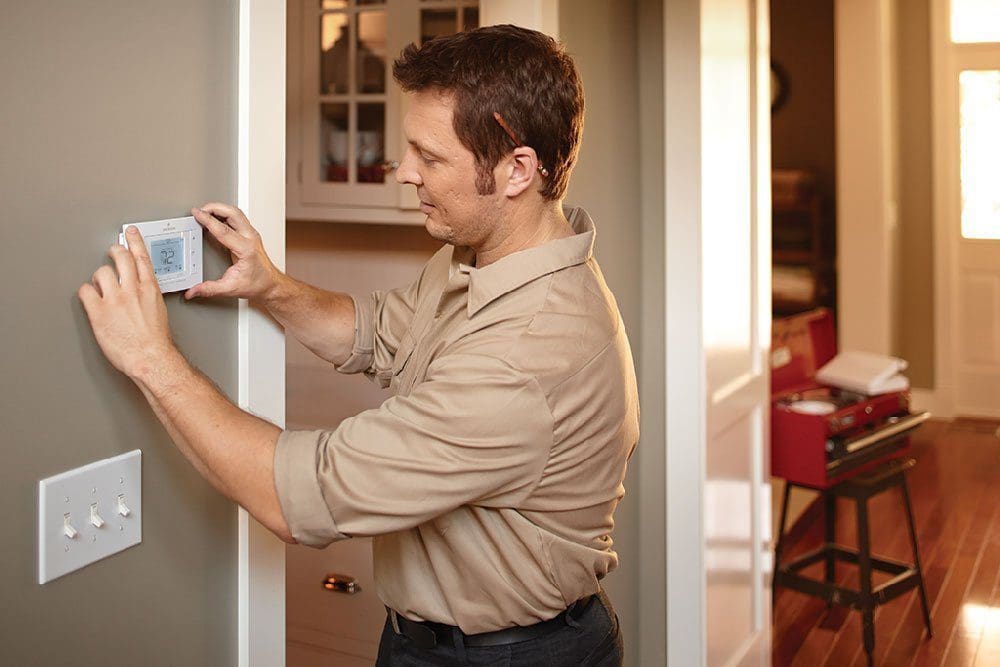
Having your smart thermostat in the wrong place can activate your heating and cooling systems even when there’s nobody home or even when you don’t need them. For example, a thermostat that’s in direct sunlight, installed near windows, beside a bathroom door, or placed near a heat-generating appliance can trigger your air conditioning since your device thinks that the room is a lot warmer than it really is. Meanwhile, a smart thermostat placed in a drafty area may cause the sensors in the device to trigger your furnace even though it’s perfectly warm inside your home. So make sure to place your thermostat on an interior wall of a high-traffic area, such as the living room, and place it far from your windows or the television. Also, don’t forget to check for obstructions that can hinder your smart thermostat from working properly, and have it in range of your Wi-Fi connection so you can check on it when you’re not home.
Doing little things such as unplugging certain appliances, filling up the fridge, hanging up curtains, relocating the thermostat, and installing a skylight can go a long way if you’re trying to lower your utility bills to be more energy-efficient. Consider these tips for conserving energy for more significant savings and for doing your part to save the environment.
Featured Photo by Sidekix Media on Unsplash

